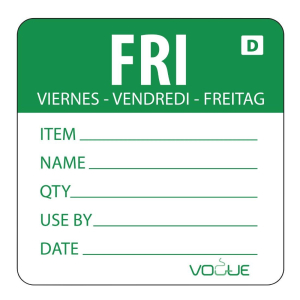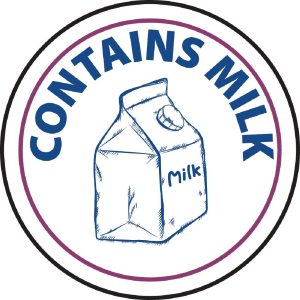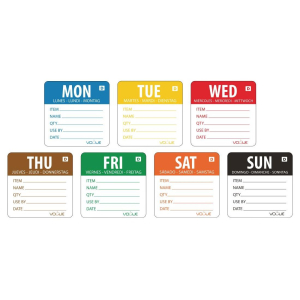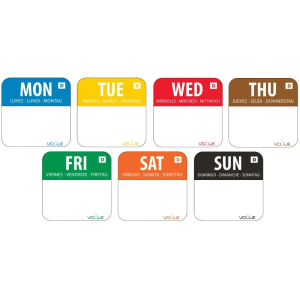- Refrigeration & Ice Machines
Commercial Refrigeration Shop All
Shop All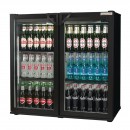 Bottle Coolers & Beer Fridges
Bottle Coolers & Beer Fridges 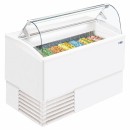 Ice Cream Displays
Ice Cream Displays 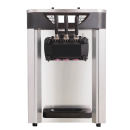 Ice Cream Machines
Ice Cream Machines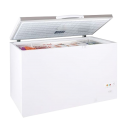 Chest Freezers
Chest Freezers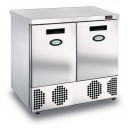 Commercial Freezers
Commercial Freezers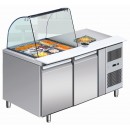 Commercial Fridges
Commercial Fridges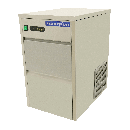 Ice Cube Makers and Flakers
Ice Cube Makers and Flakers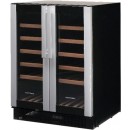 Wine Coolers
Wine Coolers More in Commercial Refrigeration
- Catering Appliances
Catering Appliances Shop All
Shop All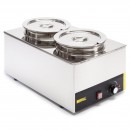 Bain Maries
Bain Maries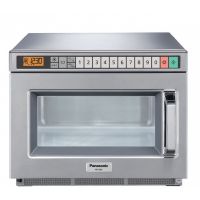 Commercial Microwaves
Commercial Microwaves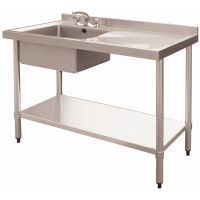 Commercial Sinks
Commercial Sinks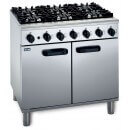 Commercial Ovens
Commercial Ovens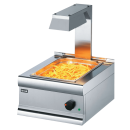 Fryers and Chip Scuttles
Fryers and Chip Scuttles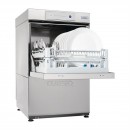 Glass and Dishwashers
Glass and Dishwashers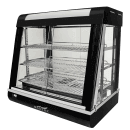 Pie Warmers & Hot Food Displays
Pie Warmers & Hot Food Displays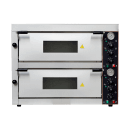 Pizza Ovens
Pizza Ovens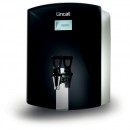 Water Boilers
Water Boilers More in Catering Appliances
- Tableware & Bar Supplies
Tableware & Bar Supplies Shop All
Shop All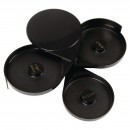 Bar Supplies
Bar Supplies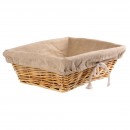 Bowls & Display Baskets
Bowls & Display Baskets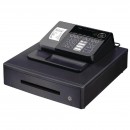 Cash Registers
Cash Registers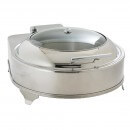 Chafing Dish Sets & Fuel
Chafing Dish Sets & Fuel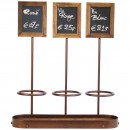 Menus & Boards
Menus & Boards Table Numbers & Stands
Table Numbers & Stands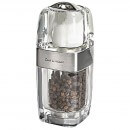 Salt, Pepper & Spice Mills
Salt, Pepper & Spice Mills More in Tableware & Bar Supplies
- Dinnerware
Dinnerware Shop All
More in Dinnerware
- Janitorial Supplies
- Drinks Machines
- Chefs Supplies
Chefs Supplies Shop All
Shop All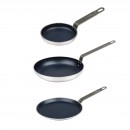 Cookware
Cookware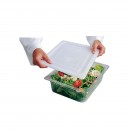 Gastronorm Containers
Gastronorm Containers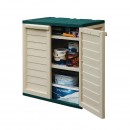 Ingredient Bins
Ingredient Bins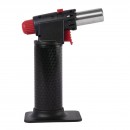 Pastry & Baking
Pastry & Baking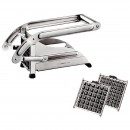 Utensils
Utensils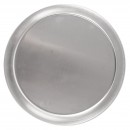 Pizza Pans & Equipment
Pizza Pans & Equipment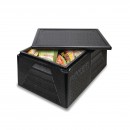 Food Storage
Food Storage More in Chefs Supplies
- Furniture & More
Furniture & More Shop All
More in Furniture & More
- Spares and Accessories
- Shop By Brands
- Shop By Business
- Cosmetic Damage Deals
Food Labels & Storage
Shop By
-
Vogue Removable Day of the Week Label Saturday L071
was £17.14
£8.74
Out of stock -
Vogue Dissolvable Day of the Week Labels Friday GH355
was £18.90
£9.63
Out of stock -
Dissolvable Food Rotation Labels Friday U781
was £19.53
£9.96
Out of stock -
Vogue Removable Day of the Week 50mm Label Set L938
was £129.44
£65.99
Out of stock -
Dissolvable Food Rotation Label Kit 20mm CF439
was £138.69
£70.71
Out of stock
Food Labels & Storage: Ensuring Safety and Organization
Food labels and proper storage play a crucial role in maintaining food safety, preventing waste, and ensuring efficient organization in kitchens, pantries, and food service establishments. Here are some key aspects of food labels and storage:
Food Labels
Food labels are used to provide important information about food items, including their contents, expiration dates, allergen information, and storage instructions. They help ensure that food is properly handled, stored, and used within its recommended timeframe. Key components of food labels include:
- Product Name: Clearly indicate the name of the food item.
- Expiration Date: Specify the date by which the food should be consumed or discarded.
- Allergen Information: Highlight any potential allergens present in the food.
- Storage Instructions: Provide guidance on how the food should be stored (e.g., refrigeration, freezing, room temperature).
- Batch/Lot Number: Assign a unique identifier to track and trace the food item.
- Barcodes: Include barcodes for easy scanning and inventory management.
Proper Food Storage
Proper food storage is essential for maintaining food quality and safety. Here are some key considerations:
- Temperature Control: Store food at appropriate temperatures to prevent spoilage and bacterial growth. Refrigerate perishable items and maintain freezer temperatures below 0?F (-18?C).
- Storage Containers: Use suitable containers to store different types of food. Ensure they are clean, airtight, and made of food-safe materials.
- Organization: Keep food items organized and rotated properly to ensure older items are used first (first in, first out - FIFO). Label shelves or storage areas for different categories of food.
- Separation: Separate raw and cooked foods to prevent cross-contamination. Store raw meat, poultry, and seafood on lower shelves to prevent juices from dripping onto other foods.
- Proper Packaging: Use appropriate packaging materials, such as plastic wrap, resealable bags, or airtight containers, to maintain freshness and prevent moisture loss.
By implementing proper food labeling and storage practices, you can ensure food safety, reduce waste, and maintain an organized and efficient kitchen or food service operation. Regularly check and monitor food items for freshness and adhere to recommended storage guidelines to promote the quality and safety of your food inventory.


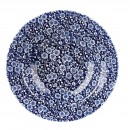 Crockery
Crockery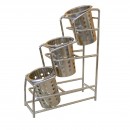 Cutlery
Cutlery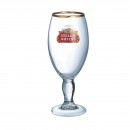 Glassware
Glassware Wine Glasses
Wine Glasses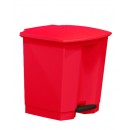 Bins
Bins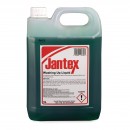 Cleaning Chemicals
Cleaning Chemicals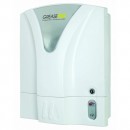 GreasePak
GreasePak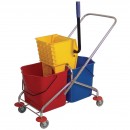 Janitorial Equipment
Janitorial Equipment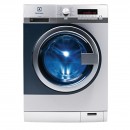 Laundry Equipment
Laundry Equipment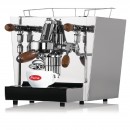 Coffee Machines
Coffee Machines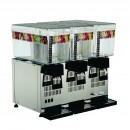 Juice Dispensers
Juice Dispensers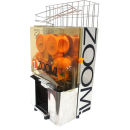 Juicers
Juicers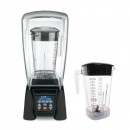 Drink Blenders
Drink Blenders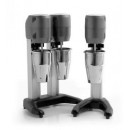 Milkshake Blenders
Milkshake Blenders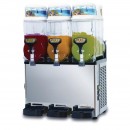 Slush Machines
Slush Machines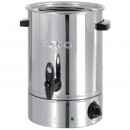 Water Boilers
Water Boilers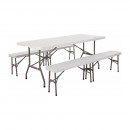 Folding Furniture
Folding Furniture Garden and Outdoor Furniture
Garden and Outdoor Furniture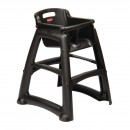 High Chairs
High Chairs Chairs
Chairs Tables
Tables
